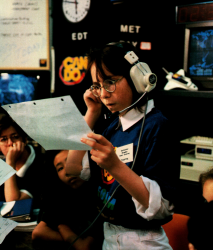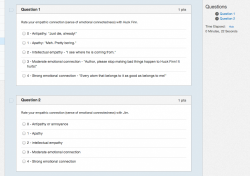
I believe that most of us here at the DWRL want to create safes space for trans* students. Unfortunately, creating a safe classroom isn’t always the most intuitive practice--especially when it’s so easy to stay blissfully ignorant about cisgender privilege. Personally, I’ve never intended to make trans* students uncomfortable. Still, as I think back to my experiences as a TA and AI, I can’t help but notice things I could have done better. Regardless of intention, that’s not cool. One of the things I could have done better? Roll call.










